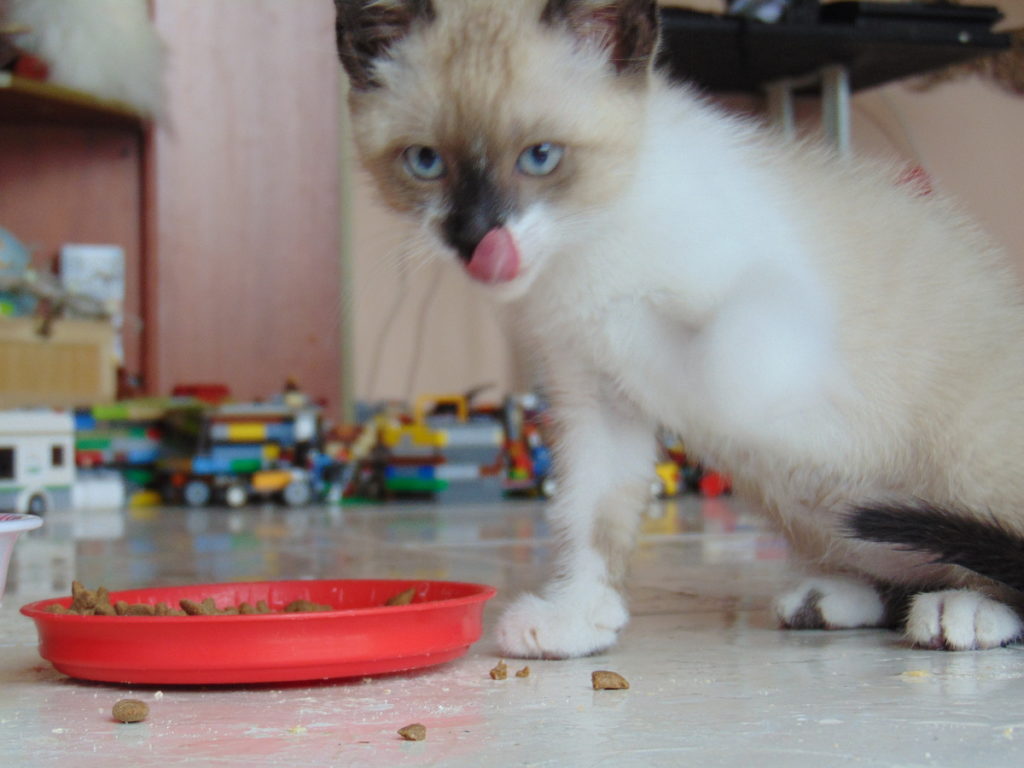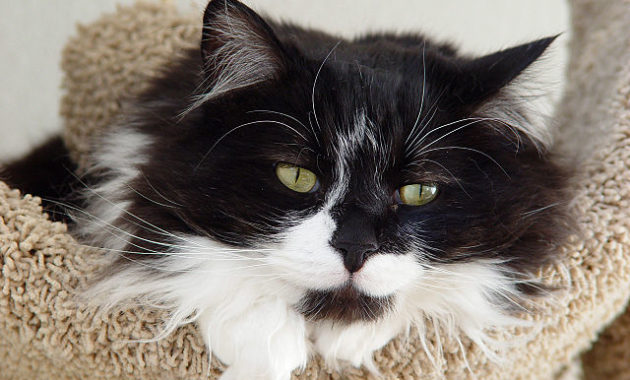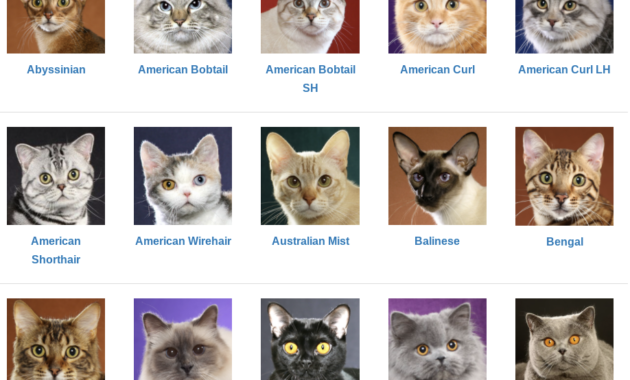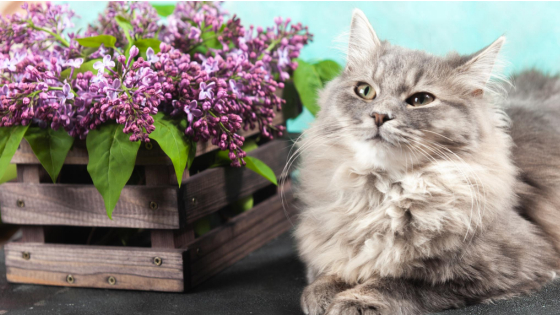
I’m often asked about cats that get along with children.
It’s a common misconception that cats are aloof and not good companions for young kids.
Given the right conditions and care, cats can make excellent companions for children.
With the proper guidance, cats can form strong bonds with children and provide them with unconditional love and companionship.
I’m here to tell you that finding good cats with children is possible!
With patience and understanding of feline behaviour, you can identify cats who will be comfortable living with your family or interacting with your kids.
From finding the right breed to providing proper socialization, there are steps you can take to make sure your child has a safe and enjoyable experience with their new furry friend.
How To Identify Cat Breeds That Get Along With Kids

When it comes to cat breeds that are good with children, identifying the right breed is vital.
As a cat behaviourist, I encourage families to find a patient and gentle breed, as these qualities help promote positive interactions between cats and kids.
When looking for child-friendly cats, encouraging playtime and cat-proofing your home are essential steps in creating a safe environment where both parties can thrive.
One of the best breeds for kids is the Ragdoll: they are known for their docile nature and love of cuddles.
Some other popular breeds include Maine Coon, which have amiable dispositions, and Persian cats, who enjoy being held and petted.
All three of these breeds tend to be calm and content with gentle handling making them great companions for children.
These are only a few options for finding the perfect feline friend for your family.
Before bringing any pet into your home, it’s essential to do your research – ask breeders or local shelters about the temperaments of particular cats to ensure you’re getting the right fit for your family dynamic.
With this knowledge, you will indeed find a perfect companion for everyone!
SEE ALSO
Can Your Cat Snack On Popcorn?
Cat First Aid & Emergency Care
Providing Proper Socialization For Your Cat

Proper socialization for your cat is essential to developing a solid bond of trust and friendship between your feline family member and other children in the home.
Positive reinforcement, such as offering treats or verbal encouragement, is an effective way to reward desired behaviours from your cat.
Additionally, setting aside time for a playtime routine that includes both you and the children can help create a positive environment for your cat to learn how to interact with them.
The interaction between children and cats must be supervised at all times.
Children should be taught how to handle cats correctly using gentle strokes on their fur rather than aggressive pats or pulls.
Using toys during playtime will also help prevent scratches or bites from the child or the cat.
Furthermore, it is beneficial if parents can model appropriate behaviour around their cats by demonstrating how to pet them and speaking calmly when interacting with them.
Families can create an environment where their feline family members feel comfortable around kids by providing positive reinforcement, establishing a consistent playtime routine, supervising interactions between children and cats, and demonstrating appropriate behaviours around them.
With these steps taken, cats are more likely to develop into gentle companions that are good with children.
Establishing Rules And Boundaries For Cat And Child Interaction

Setting Rules and Boundaries for Cat and Child Interaction is vital to creating a harmonious home.
It’s important to remember that cats are creatures of habit, so it’s essential to provide consistency in their environment and interactions.
You can help your child build a strong relationship with your cat with training basics and patience.
When introducing your cat to children, it’s essential to start by establishing trust.
This can be done through positive reinforcement and building an understanding of boundaries through reward-based behaviour modification techniques such as clicker training.
It’s also important to remember safety when the two interact—children should be taught never to bother a sleeping or eating cat or pull its tail or fur.
To ensure harmony between children and cats, adults must first supervise their interactions closely.
Once the cat feels comfortable around your child, they can play together under adult supervision.
Teaching your child how to interact with the family pet appropriately will help create lasting memories while ensuring both parties have an enjoyable experience.
Understanding Feline Behavior And Body Language
Establishing rules and boundaries between cats and children is an essential part of having a successful relationship, but understanding feline behaviour and body language can also help to ensure that cats and kids get along.
To illustrate this point, take the case of six-year-old Jack, whose family recently adopted a rescue cat named Amber.
After introducing them to each other, it quickly became apparent that Jack was unsure how to interact with Amber for her to feel comfortable.
Fortunately, by reading the signals she was giving off through her body language and tail movements, Jack made adjustments and eventually developed an affectionate bond with Amber.
When reading a cat’s signals, it’s important to remember that different breeds possess various traits that can affect their reactions.
Some cats may be more vocal than others, while others may be more sensitive when petting.
Additionally, cats may express displeasure through signs such as growling or hissing when they feel threatened or uncomfortable.
This is why children and adults need to pay attention to the cat’s behaviour to recognize any changes in emotion or attitude to prevent any aggressive outbursts from either party.
Parents must teach their children how to interact with pets appropriately to create a harmonious environment between cats and kids.
By recognizing the signs that cats give off when they are content or unhappy and establishing rules for proper behaviour around them (e.g., no chasing), parents can rest assured knowing that their kids are safe when interacting with their feline friends.
Tips For Keeping Cats And Children Safe
Cats and children must live together in a safe environment.
As a cat behaviourist, I recommend two essential strategies for keeping cats and children safe: cat-proofing your home and providing proper nutrition for your cat.
Cat-proofing your home is crucial when introducing a new cat or kitten into a home with children.
This means removing items that could be hazardous to the health of both the cat and child, such as toxic plants and medications, sharp objects, or strings that can become entangled around the neck of either one.
Additionally, if you have multiple floors in your home, consider baby gates to prevent falls or unwanted access to certain areas of the house.
Nutrition is also crucial when it comes to keeping cats and children healthy. A balanced diet will help ensure your child’s and cat’s well-being.
It is recommended that cats receive high-quality wet food supplemented with dry kibble according to their age and nutritional needs.
Regular vet visits are also crucial for monitoring changes in behaviour which may signal underlying health issues.
Families must take these steps seriously for cats and children to coexist peacefully.
Parents can ensure their family remains happy, healthy, and safe with proper cat-proofing and nutrition!
Frequently Asked Questions
What Age Of Child Is Best For Introducing A Cat Into The Home?
Introducing cats to children can be tricky, but one age is best for socializing cats with children: 3 – 8 years old.
At this age, children are old enough to understand basic instructions, such as not pulling tails or fur and reading the cat’s body language signals.
As a cat behaviourist, I always recommend parents start the introduction process at this age.
During the initial period when introducing cats and kids, parents should monitor both parties to ensure everyone feels comfortable and safe.
How Can I Tell If A Cat Is Comfortable Around Children?
When socializing cats with children, it’s essential to ensure the cat is comfortable around them. There are a few things you can look for to tell if your cat is ready to meet and interact with children.
Watch your cat’s body language: does it seem relaxed and content? If not, give your cat some space and try again later.
Secondly, ensure that all handling of the cat by children is done safely—keep the child’s movements slow and gentle.
If your cat is purring or rubbing against the child, this is a sign that they are comfortable in their presence.
Following these simple tips, you can identify when a cat feels safe and confident around children.
Are There Specific Breeds That Are More Likely To Get Along With Children?
Regarding socializing cats and litter box training, certain breeds are likelier to get along with children than others.
But it’s important to remember that no matter the breed, all cats require patience and understanding regarding their behaviour.
Alluding to the famous phrase “it takes a village”, experts suggest that when introducing your cat to a child – or vice versa – the entire family should be involved.
This allows for better communication between all parties and helps ensure a successful transition.
What Kind Of Toys And Activities Are Best For Cats And Children To Do Together?
When it comes to cats and children, playtime safety is critical!
Cat-proofing your home and ensuring that all toys are safe for cats are essential before letting them interact.
That said, cats and kids can do plenty of fun activities together.
Whether chasing a feather toy, playing hide-and-seek, or simply cuddling up for a nap – cats and children can share many precious moments!
Watching the interactions between cats and kids is essential to ensure everyone is safe and having a good time.
How Often Should Cats And Children Interact?
Regarding cats and children interacting, the sky is the limit! Cats and children can form an incredible long-term bond with positive reinforcement and careful socialization techniques.
To ensure this relationship is healthy, it’s essential to monitor the time they spend together regularly.
Depending on the child’s age and the nature of your cat, interactions should happen multiple times a day.
For little ones, supervised playtime for about 10 minutes at a time is a great way to make sure everyone remains safe and happy.
And as long as everyone involved remembers to practice patience and understanding with one another, there’s no limit to what kind of creative activities these two can come up with!
Conclusion
As a cat behaviourist, I can confidently say that cats and children can form strong bonds of friendship.
If you choose the right age for introducing a cat, look for signs of comfort around children, and select breeds known to get along with children, you’ll be in good shape.
It’s also important to provide engaging toys and activities for your cat and child to enjoy together.
Interaction should be regular but not overwhelming, as this will help maintain a healthy relationship.
Cats and children can learn how to coexist peacefully with patience and understanding!




